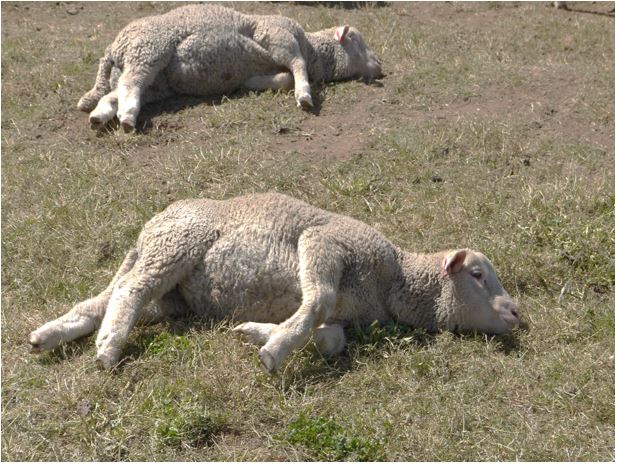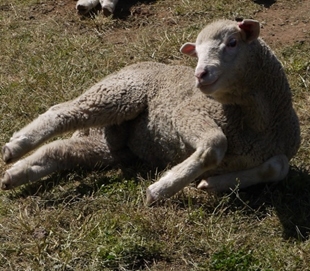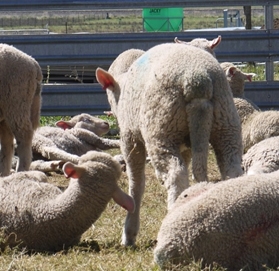When we look at our animals, we can usually tell if they’re sound or lame, healthy or ill, or happy or distressed. Certain signs are obvious – lambs running and playing are usually well, whereas if one’s standing alone with its head down, it’s not.
Is it always that obvious? Here are three reasons why it may not be:

Scientists understand this very well, which is why they’ve found some interesting ways to categorise pain-related behaviours in lambs. By using ‘pain scales’ based on body language – known technically as ethograms – they can more accurately identify and measure signs of pain in animals. Scales for pain-related facial expessions are often called ‘grimace scales’.

Here are some of the pain related behaviours that are assessed when scientists assess the levels of pain experienced by lambs during and after marking.
Pain-related facial expressions and movements include:

Here are some active pain avoidance behaviours that are fairly easy to recognise.
These changes in posture are also associated with pain.
Lambs will often show a combination of signs, or may move from one to another as pain increases or subsides.

These pain related behaviours and blood test results help us to measure the effectiveness of Numnuts in improving lamb welfare during husbandry procedures.
Read more about the forthcoming Australia-wide study being conducted by CSIRO and the University of Melbourne.
Register My Interest and Become Eligible to Distribute NumOcaine